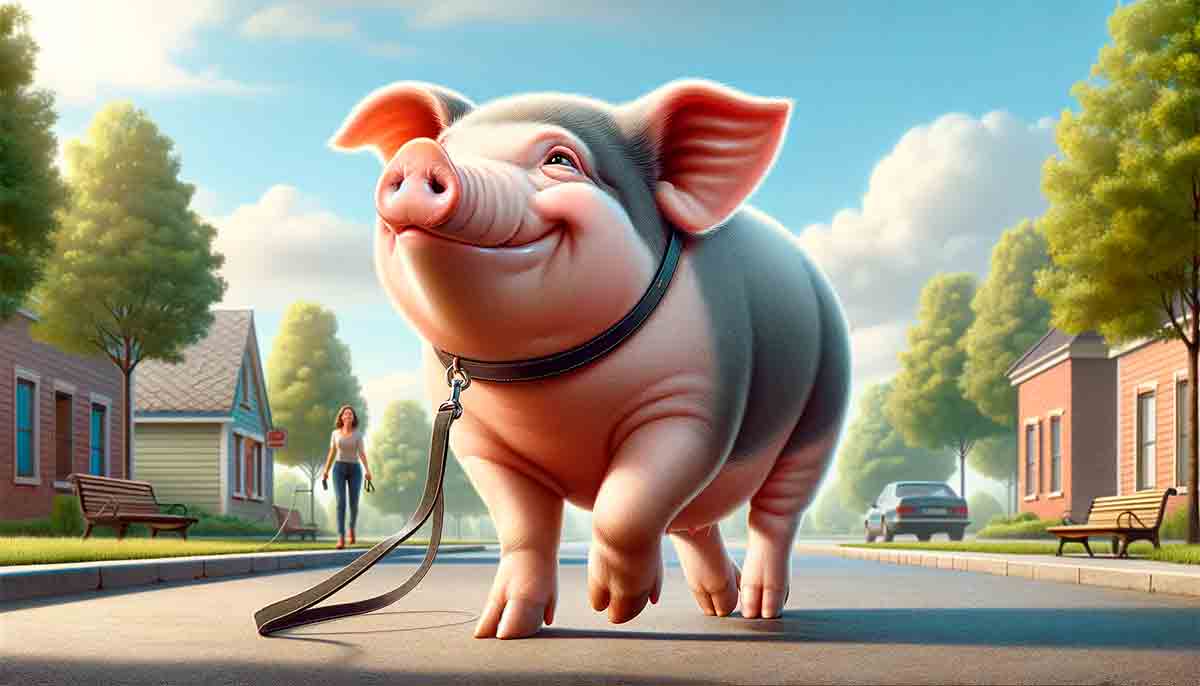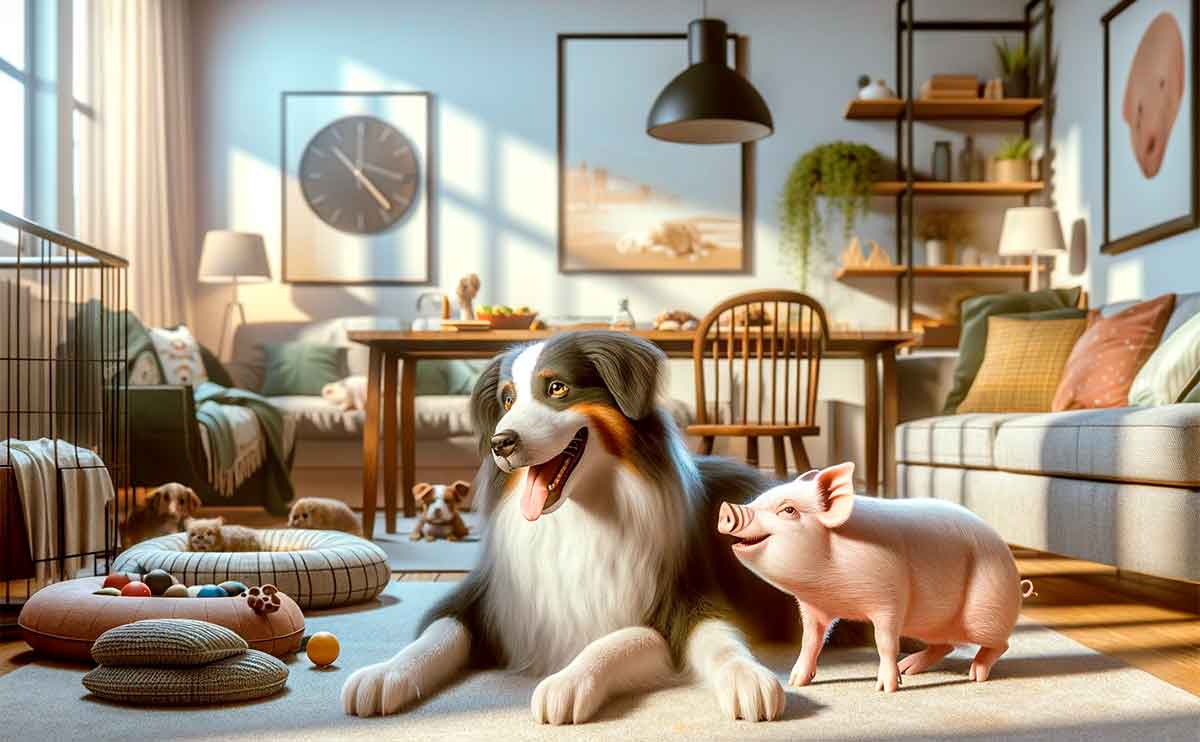
Despite the widespread popularity of pork, people are beginning to raise piglets as pets, primarily due to studies confirming their remarkable intelligence.
+ Mother goes to get clothes in son’s room and finds the second most venomous snake in the world
Amidst this trend, animal behaviorists from Eötvös Loránd University in Budapest, Hungary, launched the Family Pig Project (FPP) in 2017 with the aim of raising pigs in an environment similar to that of family dogs so that the two species can be properly compared in experimental research.
In a recent study published in the journal Scientific Reports, scientists Paula Pérez Fraga, Linda Gerencsér, and Attila Andics brought piglets and four-month-old puppies raised in the same way into the laboratory to investigate how they interact with their human caregivers.
As the researchers described it, “We introduced the animals to a preference test, in which the owner was paired with an unfamiliar person or a familiar object. We measured the approach and the search for proximity of piglets and puppies. Our hypothesis was that family pigs would show a preference for their caregiver in the same way that family dogs do.”
“Both family pigs and dogs sought the proximity of their caregiver in neutral unrestricted contexts, as reflected by the total time spent and the preference for being in direct vicinity of them,” the researchers found.
However, there were some behavioral differences between the dog puppies and the piglets.

“Neither species preferred their owner over a stranger, but for seemingly different reasons,” said author Linda Gerencsér. “Dogs prefer to stay close to both humans rather than be elsewhere, while pigs prefer to stay away from social partners, which may reflect a mild fear of the unknown human.”
Pigs also engaged more intimately with their owners. “The pigs needed more physical contact,” describes researcher Paula Pérez Fraga. “They touched the owner with their snout in the same way they do with conspecifics, and climbed onto the owner’s lap.”
“In summary, we found that, after intensive socialization, juvenile pigs, like family dogs, exhibited behavior seeking proximity to the caregiver,” concluded the researchers.
Photos: Condutta / Dall-e

